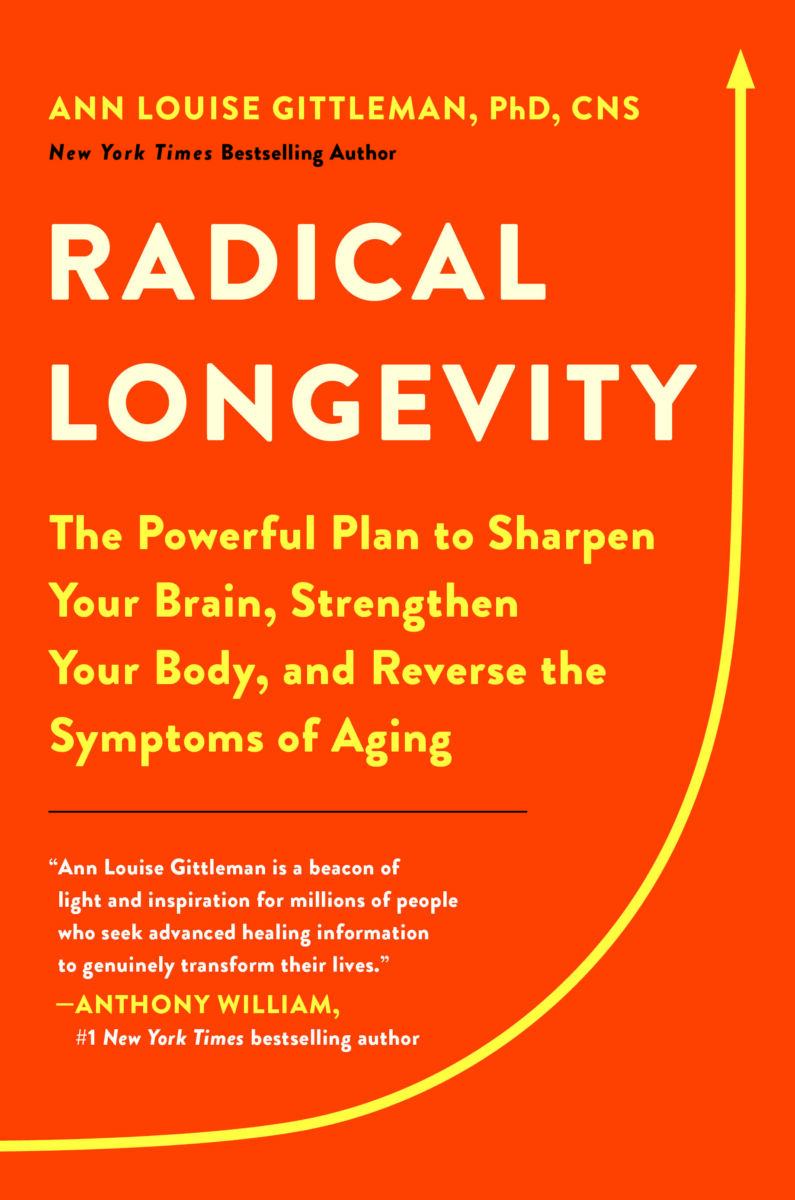Glycotoxins are oxidants. Excess glycotoxins cause oxidative stress that plays a huge role in the premature aging process by damaging cells, tissues, and even our DNA. Our body interprets AGEs as irritants and, as with any other irritants, reacts with its built-in defense mechanism: inflammation. As glycotoxins accumulate in tissues, the inflammation becomes pervasive and chronic. The consequences of chronic inflammation, left unchecked, can eventually lead to tissue damage and organ malfunction. AGEs are the likely culprit behind your stiff joints and muscles. Once formed, they clump together and accumulate in the liver and other tissues, causing inflammation and oxidative damage throughout your body. This process is also the link to the common “hardening of the arteries” that many older people experience.
More evidence of AGE damage? Wrinkles, creases, hyperpigmentation, lines, sagging skin, pain, and lethargy—yet we are told that these are “normal” signs of aging. Make no mistake—these are signs of cellular stress from AGEs to iron overload and so much more.
What’s most crucial and jaw-dropping to remember about AGEs is that they can compromise the host defense longevity molecule known as SIRT1, which is part of a powerful family of proteins called sirtuins. Sirtuins control major bodily functions, including metabolic and immune mechanisms, fat metabolism, brain function, and insulin resistance.
THE FOODS THAT AGE YOU
It doesn’t matter how many miles you run, how much muscle you build, or how much you starve yourself—if your cooking methods are adding to your toxic load, your skin will sag, your tissues will clump together, and your cells will age prematurely. And if your body is already on toxic overload, there’s no route for those AGEs to get out, so they go into your tissues and lead to chronic disease.Fats.Fats and oils are a critical part of our diet, but certain fats are also naturally high in AGEs, so you must take care to choose the proper ones.
Animal-based fats (think: butter) are high in AGEs; processed vegetable oils, even cold-pressed oils, form AGEs the longer they sit on the shelf. Such foods as avocados, extra-virgin olive oil, and raw nuts and seeds are lower in AGEs. You’ll want to be mindful that the nuts and seeds you do consume should be refrigerated and they are best eaten raw or very lightly toasted, as roasting can double their AGE content. Raw nuts and seeds should be soaked in water for at least six hours or overnight, for better absorption of nutrients and to neutralize enzyme inhibitors.
Proteins.In a recent article published by AARP, it is recommended that men and women aged 65 and older eat up to 100-g of protein daily, which is about double the RDA (Recommended Daily Allowance) for adults under 65 years of age. It’s important to realize that meats are typically higher in AGEs than all other food groups. Although cheeses tend to be high in AGEs, such dairy foods as yogurt are low. No matter what protein source you choose, you canreduce the AGE levels of these proteins significantly by choosing the right cooking method.
Animal foods and cheese are far more susceptible to AGE buildup than are plant-based proteins. Just like you, animals are exposed to toxins through their environment and accumulate AGEs. This means they are naturally present in the high-protein animal products you consume.
Vegetables and fruits.When it comes to choosing foods low in AGEs, plants are your best friends, primarily due to their high-water content and naturally low levels of fat and protein. Vegetables contain detoxifying enzymes, fiber, vitamins, minerals, and chlorophyll for radiant good health, and are a rich source of phytochemicals (biologically active compounds) and antioxidants that will stave off the aging process. In Chapter 9, you’ll see a list of suggested vegetables and fruits. You’ll want to pay special attention to those “bitter foods” noted with an asterisk as I highly recommend these foods. Cranberries and blueberries contain a phytonutrient that is also particularly helpful in lowering AGE levels.
Fresh is best when it comes to vegetables and fruits, though preserving by canning or freezing does not affect AGE formation significantly. As with meats, the cooking methods used when preparing fruits or vegetables makes a difference. Grilling, roasting, and deep-frying vegetables increases their AGE levels. At this point, it probably won’t surprise you that French fried potatoes are significantly higher in AGEs than boiled or steamed potatoes.
Any food combined with sugar and cooked—such as the grains used in baking—will also form high levels of AGEs. Even honey, maple syrup, fruits, fruit juices, coconut water, milk, and commercial, sweetened nut milks can. Be sure to check the food labels to check how many grams of sugar the foods contain. But you can’t simply eliminate animal foods and sugars and resolve your AGE issues because (as we’ve previously mentioned)how you cook your food is just as important aswhat you cook. If you roast, broil, grill, barbecue, fry, sauté, sear, bake, toast, brown, or use high heat in any manner to cook your food, you are creating very high levels of AGEs—regardless ofwhat you’re cooking. And surprisingly, the dry heat that has been touted as the healthier alternative to frying, known to many as air frying, causes AGEs to form at high levels due to the requisite dry, high heat.











